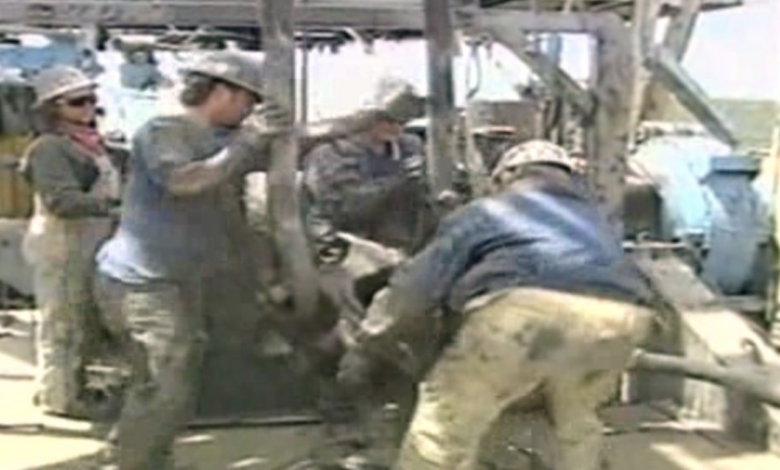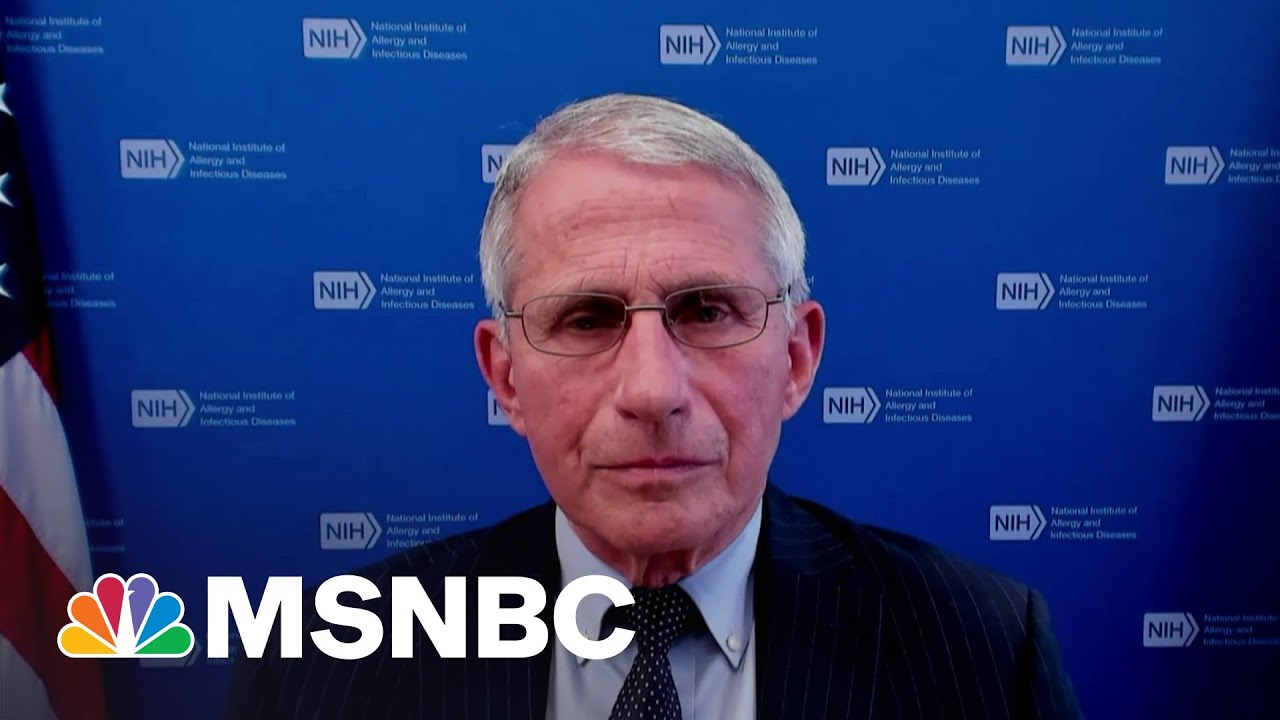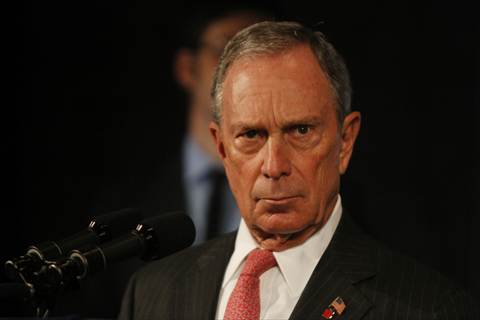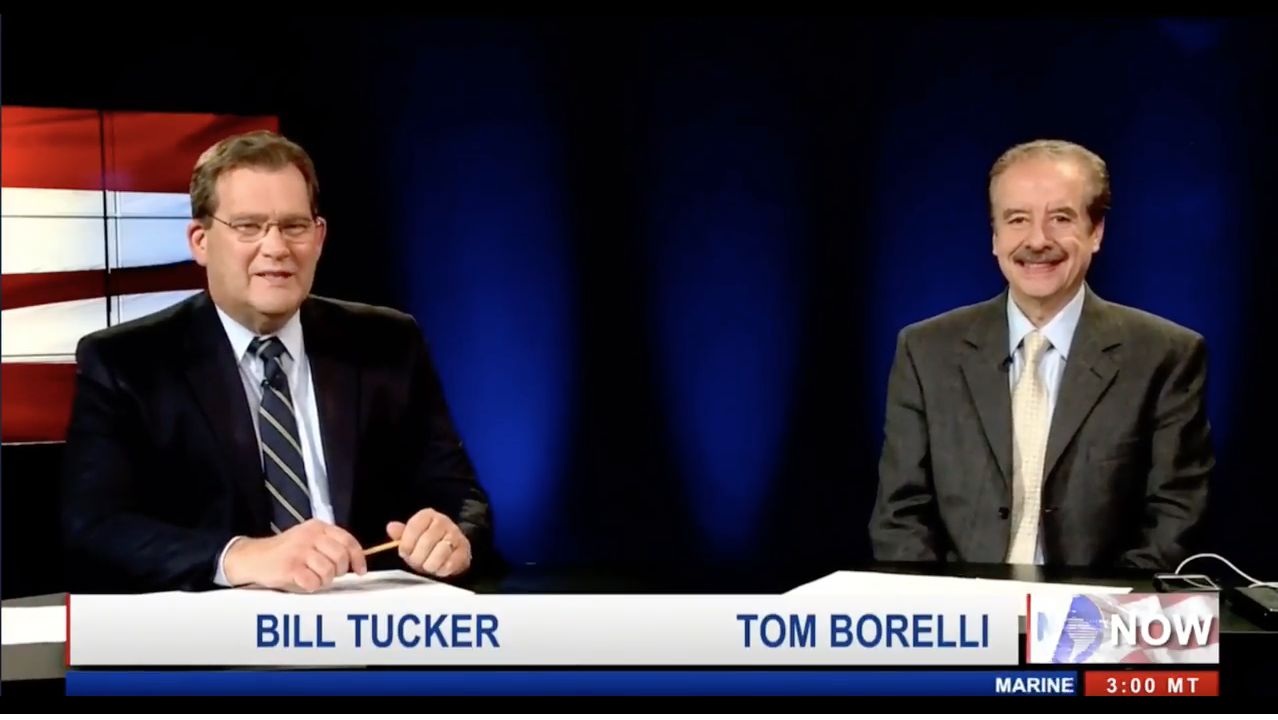Commentary: Streamline the Regulatory Process to Expedite U.S. LNG Exports
By Fred Hutchison and Lucian Pugliaresi

Will this presidential election be the most important in American history?
Commentary by Fred Hutchison and Lucian Pugliaresi originally published by RealClearEnergy and RealClearWire
U.S. LNG exports have enjoyed strong, bipartisan support stretching back to President Obama’s second term when LNG pioneers convinced then Energy Secretary Ernest Moniz to join them in a leap of faith to authorize long-term natural gas exports. Ernie and the entrepreneurs were right. As a result of the shale revolution, natural gas production has grown faster than consumption and the U.S. has been able to export the surplus gas via pipelines and LNG tankers.
For over a decade, we have been the world’s largest natural gas producer. This has transformed our domestic energy situation—enabling vast renewable power growth, significant coal-to-gas switching, large CO2 reductions, and the reshoring of dozens of fertilizer, chemical, and other industrial facilities. It has also made America the top LNG exporter and permitted us to bolster the energy security of allied nations from Japan and Korea to Poland and Germany.
We have been heartened by how successive administrations have embraced the myriad strategic, economic, and climate advantages of U.S. LNG exports. And we agree with the Biden administration that America’s global LNG leadership position can be strengthened if greenhouse gas emissions are further reduced. That’s why we applaud the gas industry’s ongoing GHG reductions and DOE’s initiative to bring greater harmony to the many disparate efforts here and abroad to monitor, measure, verify, and reduce methane emissions.
Where we part company is over the current slow pace of the Department of Energy’s U.S. LNG export authorizations to countries with which the U.S. does not have a free trade agreement (FTA) that includes natural gas—which, by the way, includes all of Europe, including the United Kingdom and Türkiye. (In legal parlance, these are “non-FTA nations.”) Exports to FTA nations must, by law, be approved quickly and affirmatively.
In August 2014, DOE revised the process it uses to determine when a non-FTA application is “ripe” for decision. Under the rule that has been in place during the last three administrations, DOE may act on a non-FTA request within 30 days after the Federal Energy Regulatory Commission (FERC) has issued a final environmental impact statement for the project in question. In practice, DOE has waited until after FERC has issued a final order, which adds a few months to the timeline (usually).
As shown in the chart below, Obama’s Energy Department made nine major non-FTA decisions (for eight projects), taking an average of 155 days to reach a decision after the FERC order was issued. During the Trump administration, the number of major LNG decisions made by DOE increased to 13 but the average time to make a decision dropped to just 48 days.
There are two major U.S. LNG projects that have been approved by FERC since Inauguration Day 2021. One of those projects was authorized unanimously last month (Port Arthur Phase II), but the other (Commonwealth LNG) was given the greenlight by FERC on Nov. 18, 2022. It has been awaiting a DOE non-FTA decision for 325 days (and counting). That is more than twice as long as the average during the Obama years and nearly seven times longer than in the Trump administration.
While DOE has yet to act on a major U.S. LNG export application request, it has approved five smaller requests for U.S. LNG export project capacity increases (primarily from operating facilities). But even the minor decisions have taken a very long time. The average time from FERC to DOE action was 330 days, and the longest application was pending for 678 days!

What’s our point, you might ask?
The House of Representatives has twice passed legislation to simplify the U.S. LNG regulatory process by granting full authority to FERC to make U.S. LNG export decisions. Congress may consider the legislation again in the near future, and while the White House might oppose the bill, we think that DOE ought to either step up the pace of its non-FTA decision-making or step aside and let FERC lead alone.
U.S. LNG exports are making substantial contributions to U.S. trade balances and domestic employment and bolstering the energy security of our allies. The disruption of pipeline gas shipments to Europe following the Russian invasion of Ukraine was a severe blow to European economic growth and security.
Alliance cohesion in response to the Russian invasion of Ukraine would be much more difficult in the absence of U.S. LNG, and although some in Europe initially viewed such shipments as a temporary necessity, a more pragmatic view is emerging.
Ditte Juul Jørgensen, the European Commission’s Director-General for Energy, recently told the Financial Times that the EU had “the instruments” (meaning LNG from America and other nations) to endure another winter. And more on point, she noted that the EU “will need some fossil molecules in the system over the coming couple of decades. And in that context, there will be a need for American energy.”
We agree with DG Jørgensen and would only add that it is long past time to streamline the regulatory process to expedite U.S. LNG exports.
__________
This article was originally published by RealClearEnergy and made available via RealClearWire.
Fred Hutchison is President & CEO of The USLNG Association (“LNG Allies”), which represents LNG project sponsors, natural gas producers, and allied service companies.
Lucian Pugliaresi is President of the Energy Policy Research Foundation (EPRINC), a DC-based think tank that specializes in petroleum economics and public policy.








